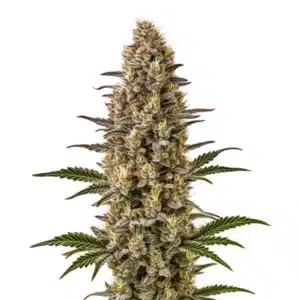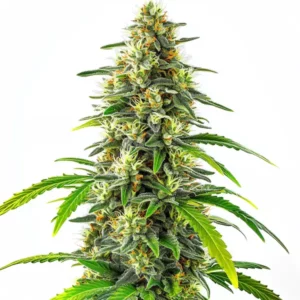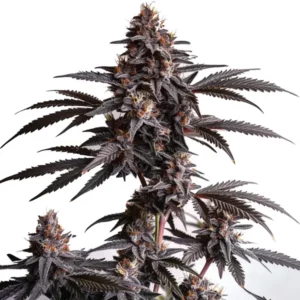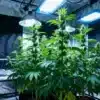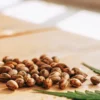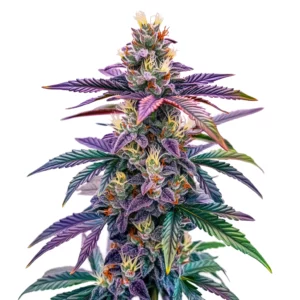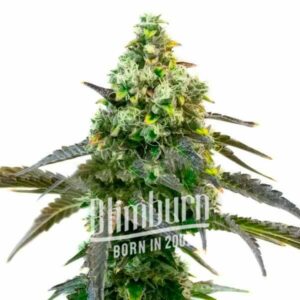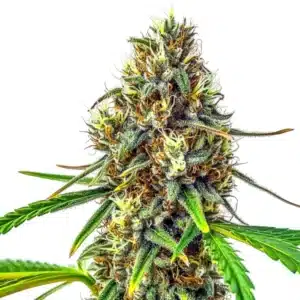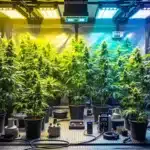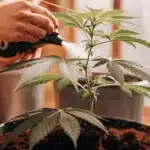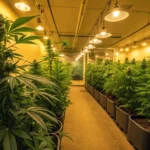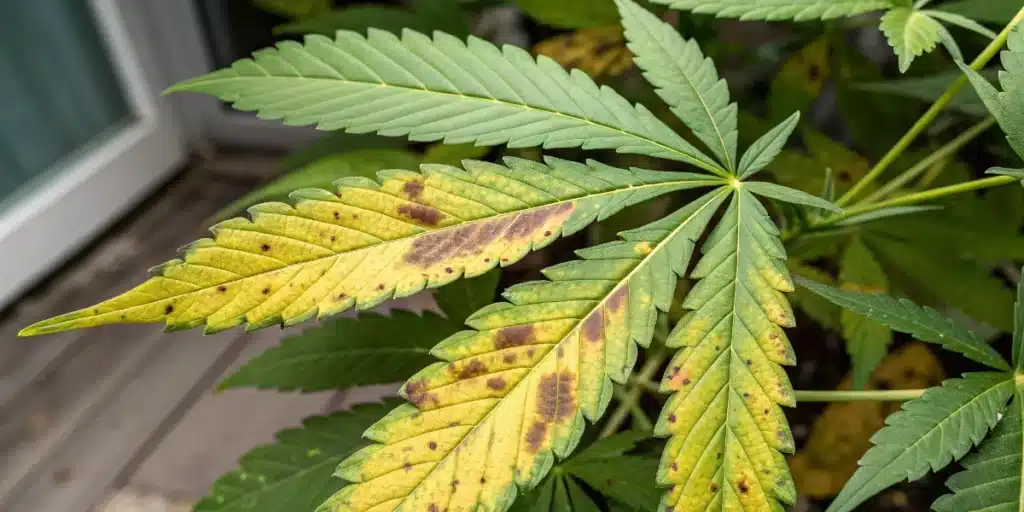
Growing Marijuana Indoors: Tips and Tricks for Beginners
Growing cannabis at home can be one of the most fulfilling experiences, but for beginners, it comes with a learning curve. Whether you’re working with a grow tent, a closet, or a spare room, having a clear plan is essential. This guide offers essential cannabis growing indoors tips to help new growers start strong, avoid rookie mistakes, and enjoy a healthy harvest from the comfort of their own home. Remember, the primary goal of indoor growing is often to achieve maximum quality, not necessarily quantity. By controlling the environment, you can produce exceptional cannabis.
The First Steps: Seeds and Germination
Your journey begins with genetics. Choosing good quality seeds from a reliable source is the most important first step. When you germinate them, be very careful with the first small, white root (the radicle) that emerges. It is extremely sensitive and must not be exposed to direct light.
Recommended Strains
God Bud Regular
|
|
THC | 28% - 30% (High) |
|
|
Type | Regular |
|
|
Yield | High |
|
|
Phenotype | 70% Indica / 30% Sativa |
Godfather OG
|
|
THC | 26% - 30% (High) |
|
|
Type | Feminized |
|
|
Yield | High |
|
|
Phenotype | 60% Indica / 40% Sativa |
Promos & Deals
Setting Realistic Goals
When embarking on the journey of growing marijuana indoors, it’s essential to set realistic goals. Many beginners are eager to produce bountiful yields quickly, but patience and planning are key.
Cannabis Growing Indoors Tips Budget and Equipment
Another critical aspect involves budgeting. Depending on your setup, you may need to invest in grow lights, ventilation systems, pots, and nutrients. For beginners, a simple setup can be highly effective. Basic LED grow lights, a small fan for air circulation, and quality soil can go a long way.
Preparing Your Grow Space: The Essentials
Before you plant anything, your space must meet two non-negotiable conditions. First, it needs an active air exchange system, separate from simple ventilation fans. This means having an intake for fresh air and an exhaust/extractor to remove old, stale air. Second, the space must be 100% light-proof. Once the lights go out, the room must be in total darkness. Even tiny light leaks can stress your plants and ruin a flowering cycle, so test this thoroughly beforehand.
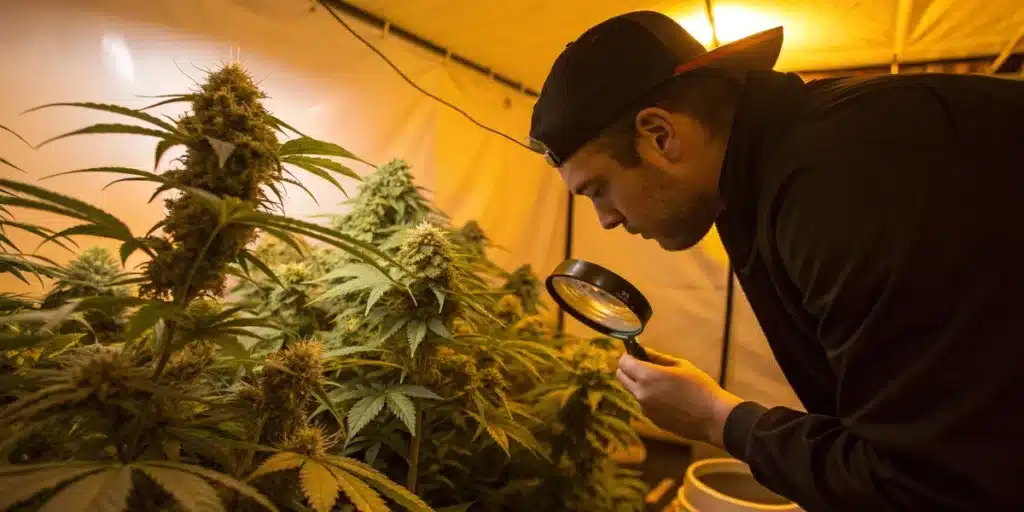
Lighting Tips for Beginner Growers
Knowing Light Cycles for Cannabis
Lighting is a fundamental part of any indoor grow, and understanding light cycles is one of the most useful cannabis growing indoors tips you can learn early. During the vegetative stage, cannabis plants thrive under an 18/6 light schedule 18 hours of light and 6 hours of darkness. This promotes leafy, vigorous growth. Once you’re ready to flower, switch to a 12/12 schedule, which mimics the natural daylight hours of late summer and triggers blooming.
LED vs HPS vs CFL for Indoor Growing
Choosing the right type of light is another big decision. LED lights are the most popular option today—they’re energy efficient and run cool. HPS (High-Pressure Sodium) lights, while powerful, generate more heat. CFL (Compact Fluorescent Lights) are affordable but weaker, making them better suited for seedlings.
Avoiding Common Pitfalls
Growing marijuana indoors is not without its challenges. One prevalent issue is overwatering. Marijuana plants thrive in well-drained soil, and excessive moisture can lead to root rot. Focus on maintaining a consistent watering schedule based on the needs of your plants.
Cannabis Growing Indoors Tips Pest and Mold Prevention
Another significant concern when growing cannabis indoors is the risk of pests and mold. Indoor grows are particularly vulnerable because the stable, warm environment lacks natural predators, wind, or rain that would normally keep pests in check. This allows them to reproduce much faster. To stay ahead, you must diligently check your plants, especially the underside of the leaves, as this is where most bugs and their eggs nest. Implementing preventive measures like proper airflow and humidity is crucial.
Cannabis Plant Health and Early Warning Signs
How to Spot and Treat Common Deficiencies
One of the most practical cannabis growing indoors tips is learning how to identify nutrient deficiencies early. Yellowing leaves, purple stems, or brown spots can signal problems. Another key sign is the posture of the leaves; if they are drooping or hanging down, it’s often a sign of a deficiency or watering issue. To treat these issues, first check your pH levels. Next, apply a well-balanced cannabis nutrient mix suited to your plant’s growth stage.
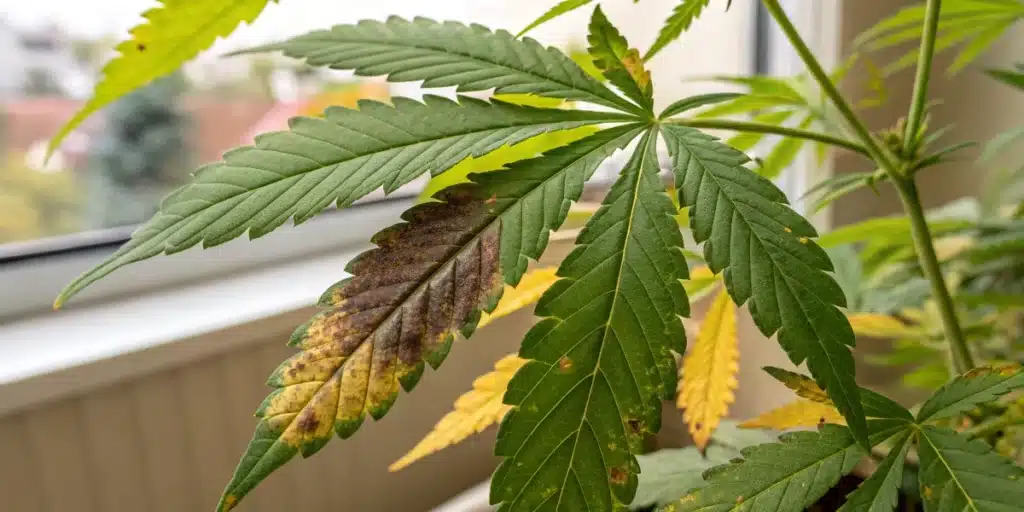
Cannabis Growing Indoors Tips Stress Signs to Watch For in Indoor Grows
Stress can manifest in various ways: twisted leaves, slow growth, or even hermaphroditism. Healthy plants should grow steadily with vibrant green leaves and a strong stem. If you notice any drastic changes, investigate immediately to prevent long-term damage.
Harvesting Techniques
Once your plants reach maturity, it’s time to harvest. Timing is essential; many growers rely on the color of the trichomes. Clear trichomes indicate the plant is not yet ready, while milky-white trichomes suggest peak potency. Amber trichomes signify a more sedative effect.
Curing your cannabis after harvesting is a crucial step that enhances flavor and potency. This process involves drying the buds slowly in a controlled environment and then placing them in airtight containers for several weeks.
Cannabis Growing Indoors Tips Curing and Storage
Curing your cannabis after harvesting is a crucial step that enhances flavor and potency. This process involves drying the buds slowly in a controlled environment. A common method is to hang the branches upside down in a dark, well-ventilated area. This allows for even drying while preserving terpenes and cannabinoids.
Once the buds feel dry to the touch, trim them and place them in airtight containers. Open the containers daily for the first week to allow moisture to escape and promote even curing. After a couple of weeks, you can start enjoying your homegrown cannabis, but remember that patience pays off. The longer you cure, the better your product will taste and feel.
Best Cannabis Strains for Beginners Growing Indoors
When you’re just starting out, selecting the right strain can make a huge difference. As a general rule for indoor growing, Indica-dominant strains are often better for beginners than pure Sativas. Indicas tend to stay more compact and have shorter flowering times, making them far more manageable in a limited space.
Here are five indoor strains that are ideal for new growers:
Northern Lights (Feminized or Auto)
A true classic and one of the most beginner-friendly strains ever created. Northern Lights is compact, fast-flowering, and resistant to pests and mold. Whether you go for the Northern Lights feminized version or the Northern Lights autoflower, it’s hard to mess up this strain. Expect calming effects, earthy aromas, and frosty buds in as little as 8–10 weeks.
Blue Dream (Feminized)
If you want something that offers generous yields and a balanced high, Blue Dream is a solid pick. It’s a hybrid that grows well indoors, responds well to training, and adapts to various environments. It’s slightly more vigorous than Northern Lights but still very manageable for beginners.
Green Crack Auto
Don’t let the name fool you this is a friendly, energetic strain that’s perfect for fast indoor grows. As an autoflower, it requires minimal effort: just set your lights and go. With its short lifecycle (around 9 weeks from seed), compact size, and strong citrusy aroma, Green Crack Auto is perfect for small spaces.
These strains are perfect companions for anyone learning how to grow at home. Start with these, and your first harvest will be much more rewarding.
FAQs
What is the best light for growing marijuana indoors?
LED lights are often recommended for indoor marijuana growing due to their efficiency and ability to produce less heat compared to other light sources. They provide the full spectrum of light that cannabis plants need for healthy growth while saving on energy costs.
How often should I water my indoor cannabis plants?
Watering frequency depends on several factors, including the size of your pots, the type of soil, and environmental conditions. Generally, it’s best to allow the top inch of soil to dry out between watering to prevent overwatering.
What are the signs of nutrient deficiency in cannabis plants?
Nutrient deficiencies can manifest in various ways, such as yellowing leaves, stunted growth, or discoloration. Common deficiencies include nitrogen, phosphorus, and potassium. Regularly observing your plants will help you identify and address these issues promptly.





